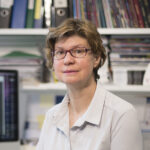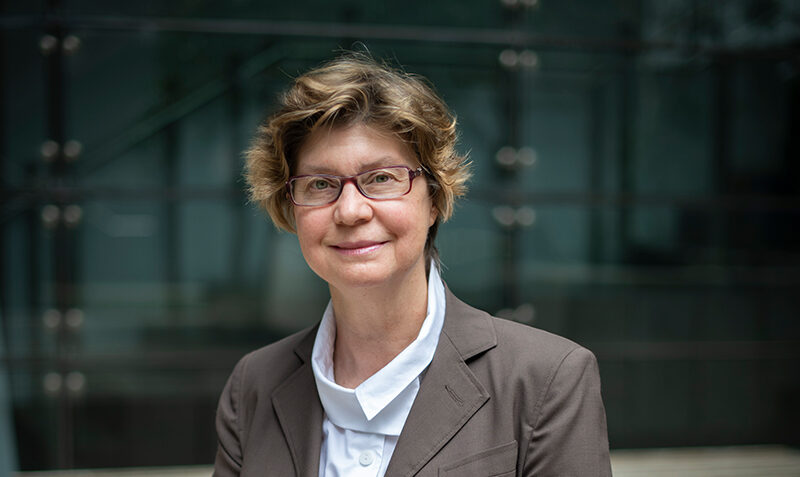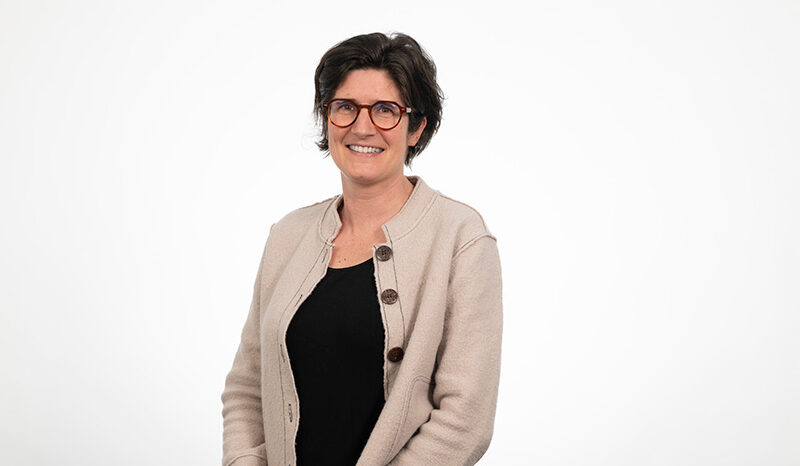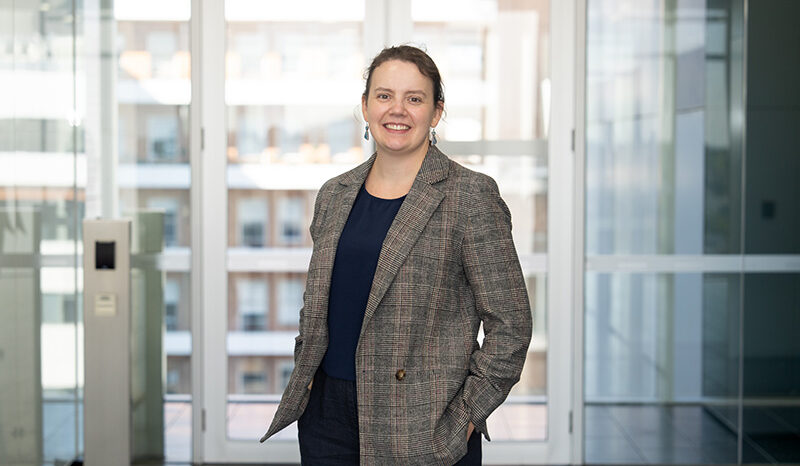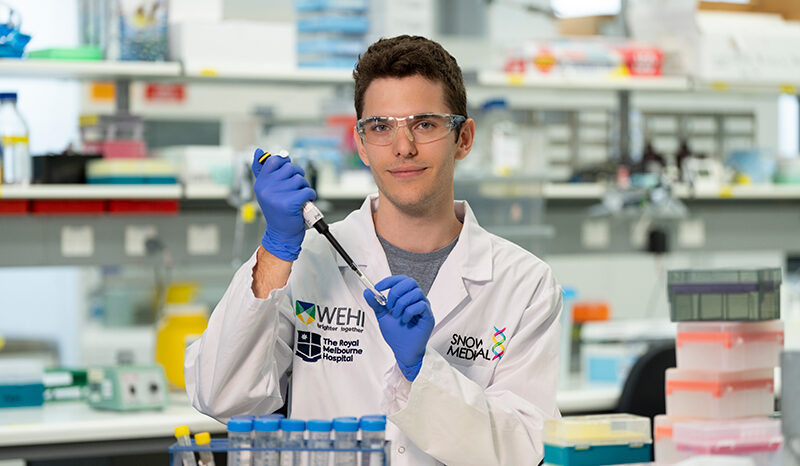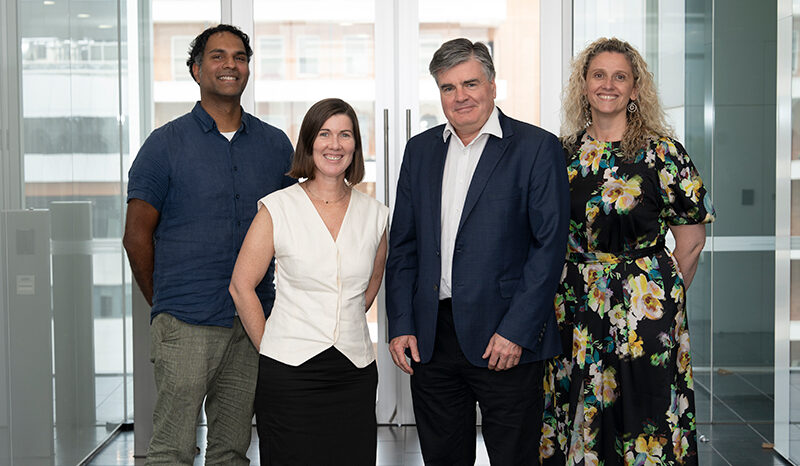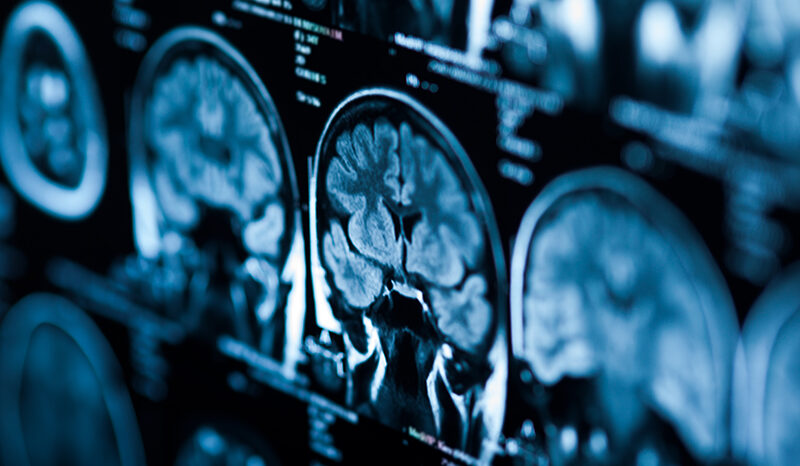Unique opportunity for discovery
Prof Visvader said that initially little was known about how breast tissue develops and which molecular regulators were key to directing normal development.
“I think it represented a unique opportunity to try and apply the lessons and strategies that I had learned in researching blood cells and leukaemia to breast cancer,” said Prof Visvader.
In 1998 she returned to WEHI from the US alongside collaborator and husband Professor Geoff Lindeman to lead the breast cancer research program at WEHI.
After more than five years, their work resulted in one of the field’s most significant discoveries. They were able to identify and isolate the breast stem cells capable of giving rise to the entire mammary gland.
For Prof Visvader, this was truly a eureka moment.
“It meant that we had this framework to understand the cell that lies at the apex and how it gives rise to cells in a regulated fashion to yield the entire ductal system that constitutes breast tissue,” she said.
It gave way to answering questions about how breasts normally develop and the risk of breast cancer.
“We were then able to ask, what are the earliest cellular changes that occur in women that are at high risk of developing breast cancer, such as those that carry a faulty BRCA1 or BRCA2 gene,” said Prof Visvader.
Women carrying the BRCA1 mutation face up to a 70% chance of developing breast cancer in their lifetime and up to a 40% risk of ovarian cancer.


